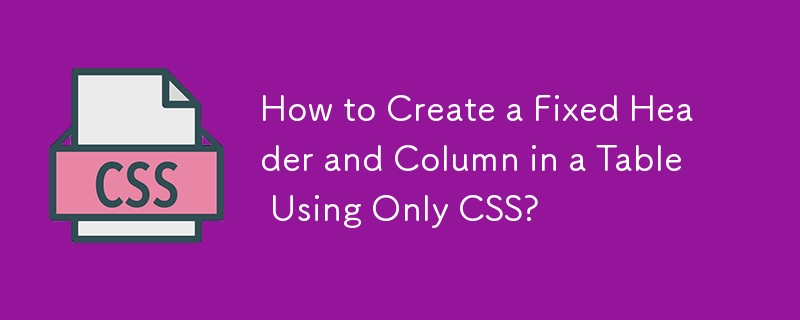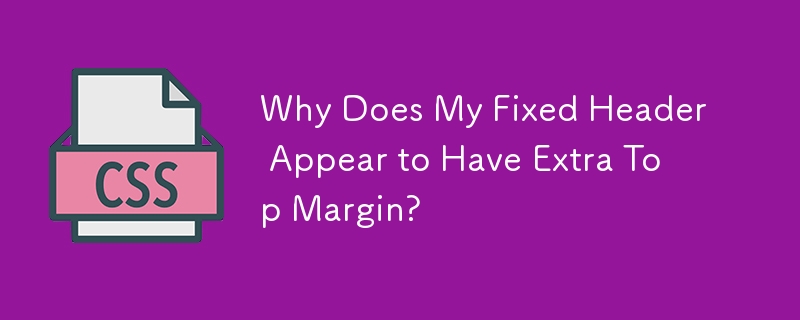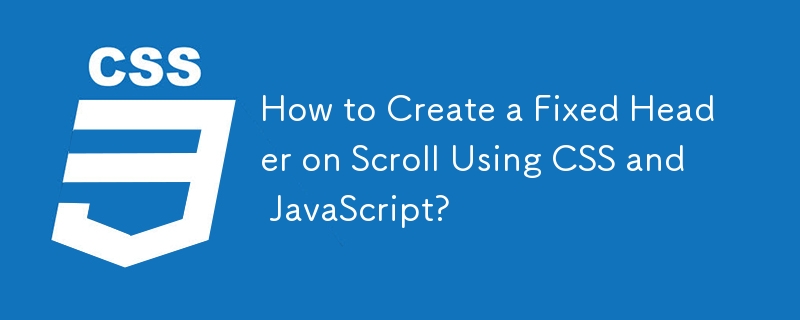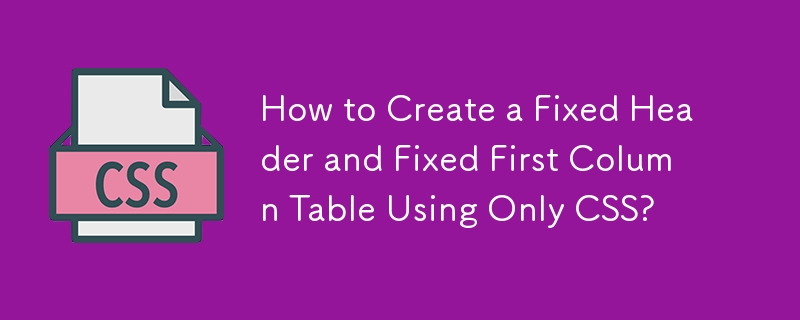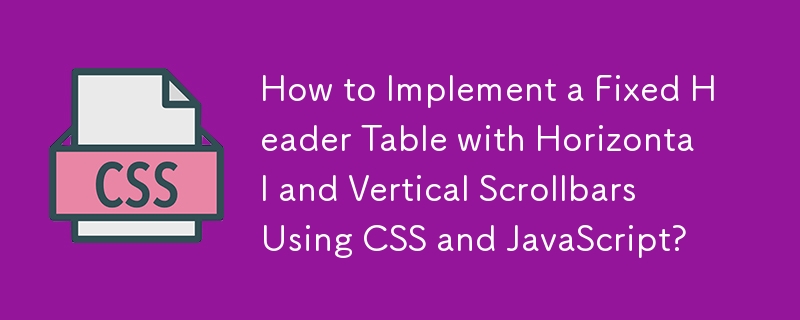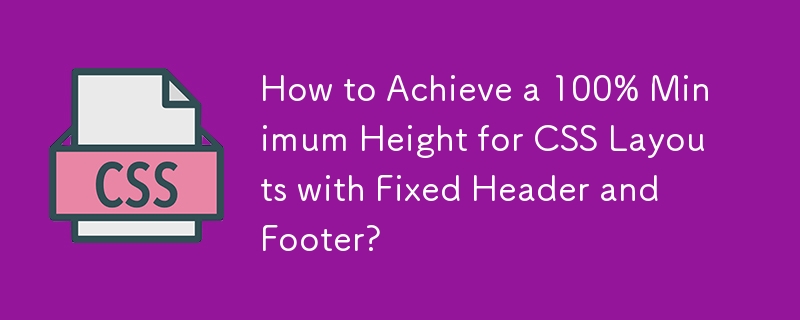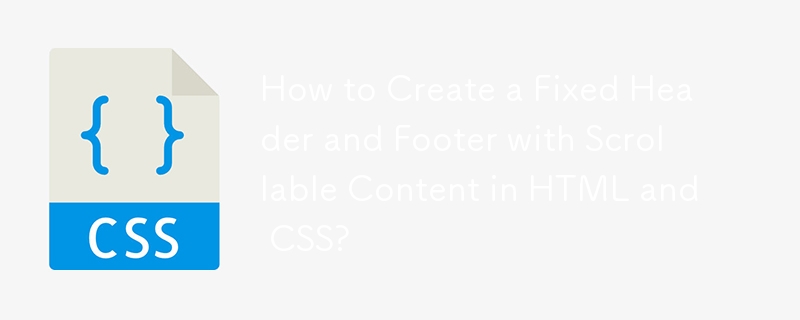Found a total of 10000 related content

How to add a custom taxonomy with a plugin
Article Introduction:Adding a custom taxonomy using plug-in ensures that the classification structure remains after topic switching and is easy to reuse. 1. Create plug-in folders and PHP files and add plug-in header information; 2. Write a registration taxonomy function, set tags and parameters and mount them to init actions; 3. Use taxonomy in the article editing interface after enabling the plug-in; 4. Get and display the classification through get_the_terms in the front desk; 5. Pay attention to refreshing the fixed link, unique naming, enabling debugging and keeping the plug-in lightweight.
2025-07-16
comment 0
667
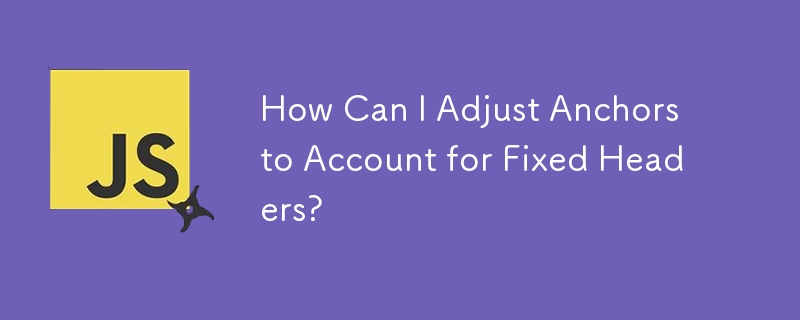
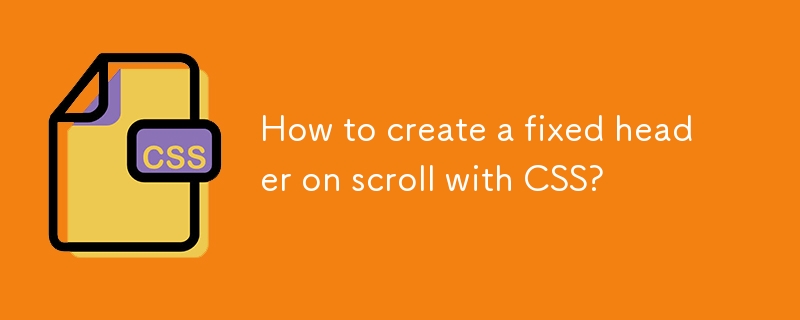
How to create a fixed header on scroll with CSS?
Article Introduction:Use the position:fixed attribute of CSS to create a fixed header. 1. Set position:fixed, top:0, left:0 and width:100% for the header to fix it on the top of the window; 2. Set z-index:1000 to ensure that the header is above other content; 3. Add padding-top to the main content area, the value is equal to the header height to prevent the content from suddenly moving up due to the header's departure from the document flow; 4. Optionally use box-shadow and box-sizing:border-box in the header to optimize vision and layout; finally, the header is always topped as the page scrolls.
2025-08-02
comment 0
558

How to apply security headers in WordPress
Article Introduction:It is not complicated to add security response headers in WordPress, and can be implemented through server configuration, security plug-ins, or CDN. 1. Add header information such as X-Content-Type-Options, X-Frame-Options, etc. through Apache or Nginx configuration files; 2. Use plug-ins such as Wordfence and iThemesSecurity to simplify settings; 3. Use the built-in functions of CDN platforms such as Cloudflare to configure global header information. After configuration, you should use SecurityHeaders.com or ChromeDevTools to test and verify to ensure correctness and get at least A-level scores, while paying attention to backup and understanding the enabled
2025-07-11
comment 0
552

How do I add a table header using the element?
Article Introduction:Usage is a standard practice for adding table headers in HTML because it improves semantic clarity, facilitates style and script control, and supports fixed headers when printing. The specific steps include: 1. Use the wrapping header row internally; 2. Use the definition header cell instead of; 3. Use the row containing data immediately afterwards; 4. Control the header style through CSS, such as setting background color and font bold. Notes include: Make sure that you are inside, that a table is usually only one, and that the tag is supported by modern browsers.
2025-06-23
comment 0
293
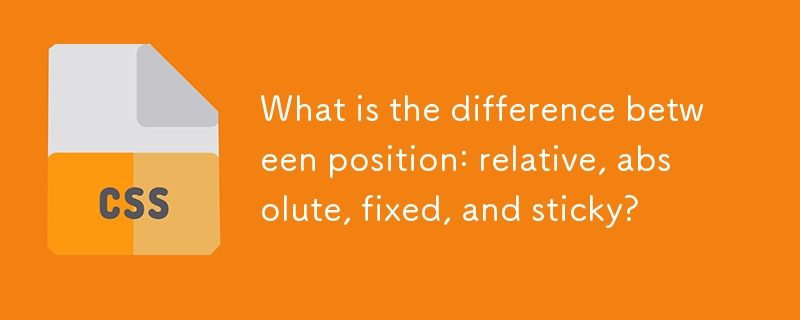
What is the difference between position: relative, absolute, fixed, and sticky?
Article Introduction:The position attribute has four values: relative, absolute, fixed, and sticky, and their behaviors are different. 1. Relative: The element is offset from its original position and is still in the document flow; 2. Absolute: Depart from the document flow, positioning relative to the nearest positioning ancestor elements; 3. Fixed: Depart from the document flow, always positioning relative to the viewport, keeping the position unchanged when scrolling the page; 4. Sticky: Between relative and fixed, according to the scroll position switching behavior, you need to specify top, bottom and other values ??to take effect, which are often used to fix the header or sidebar.
2025-06-30
comment 0
704
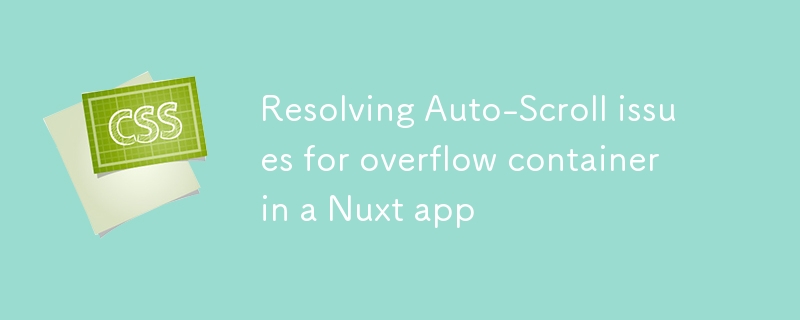
Resolving Auto-Scroll issues for overflow container in a Nuxt app
Article Introduction:This article shares how I solved the automatic scrolling problem caused by the overflow container in the non-scrolling body of the Nuxt application, and improved the user experience when the website scrolls. Table of Contents Initial Design Problem Solution Summary Initial Design When building my website using Nuxt.js, my initial design was to make only the main content container scrollable, while the header and footer remained fixed - without using CSS's fixed or absolute positioning. To do this, I used a combination of CSS's `flex` and `overflow` properties, starting with the `body` tag: body{overflow:hidden;height:100%;} in the default.vue layout:
2025-01-15
comment 0
497
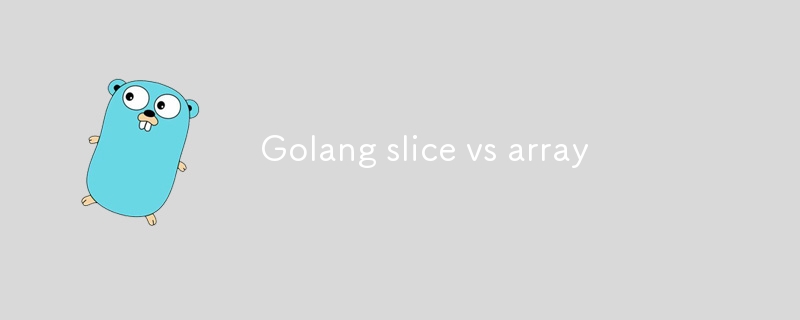
Golang slice vs array
Article Introduction:Arrays are fixed-length value types, and slices are variable-length reference types; 2. The array directly stores elements, and slices contain pointers, lengths and capacity to the underlying array; 3. When passing parameters, the array copys the entire data, and the slice copies the header information but shares the underlying array; 4. The array declaration needs to specify the length, and the slice can be created through literals or make; 5. Use slices to process dynamic collections first, and arrays are suitable for fixed-size scenarios; 6. Note that sharing the underlying array may cause memory leakage, and copying is avoided if necessary. Slices should be preferred in Go unless fixed length and value semantics are explicitly required, and the final conclusion is that slices are almost always used in daily development.
2025-07-28
comment 0
649
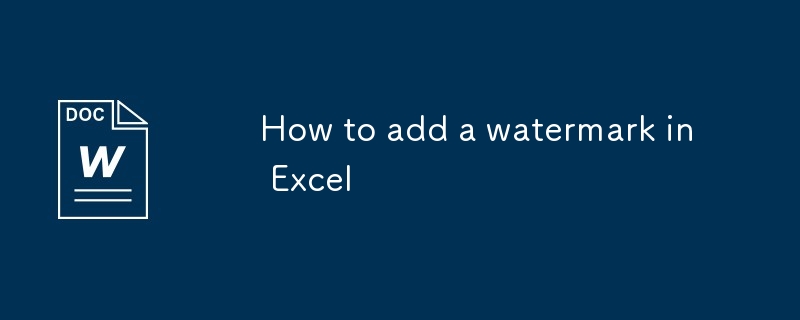
How to add a watermark in Excel
Article Introduction:Adding watermarks in Excel can be achieved in three ways. First, use the header footer to insert text watermark, enter the header footer editing mode to enter text and set the format, which is suitable for printing output; second, use cell filling to simulate the watermark effect, and set the text style and layout by inserting the text box to make it float above the table to present a watermark vision; third, insert a background picture with a watermark, and set the created transparent PNG picture as the worksheet background, which is suitable for fixed templates, but has poor flexibility.
2025-07-24
comment 0
729

Implementing Page Headers and Footers with HTML5 Tags
Article Introduction:Headers and footers are crucial in web page structure. 1. HTML5 uses and tags to define these areas to improve semantics and optimize SEO and accessibility; 2. It is often used on the top of a page or block, including title, navigation, logo, etc. It is recommended that a page only uses one global header and can be fixed through CSS; 3. Define the bottom of a page or block, usually containing copyright information, secondary navigation, etc., and should also keep the semantics clear and pay attention to auxiliary functions; 4. Fixed positioning and responsive design are recommended in the layout, and extracted into component reuse in combination with the front-end framework.
2025-07-10
comment 0
627
